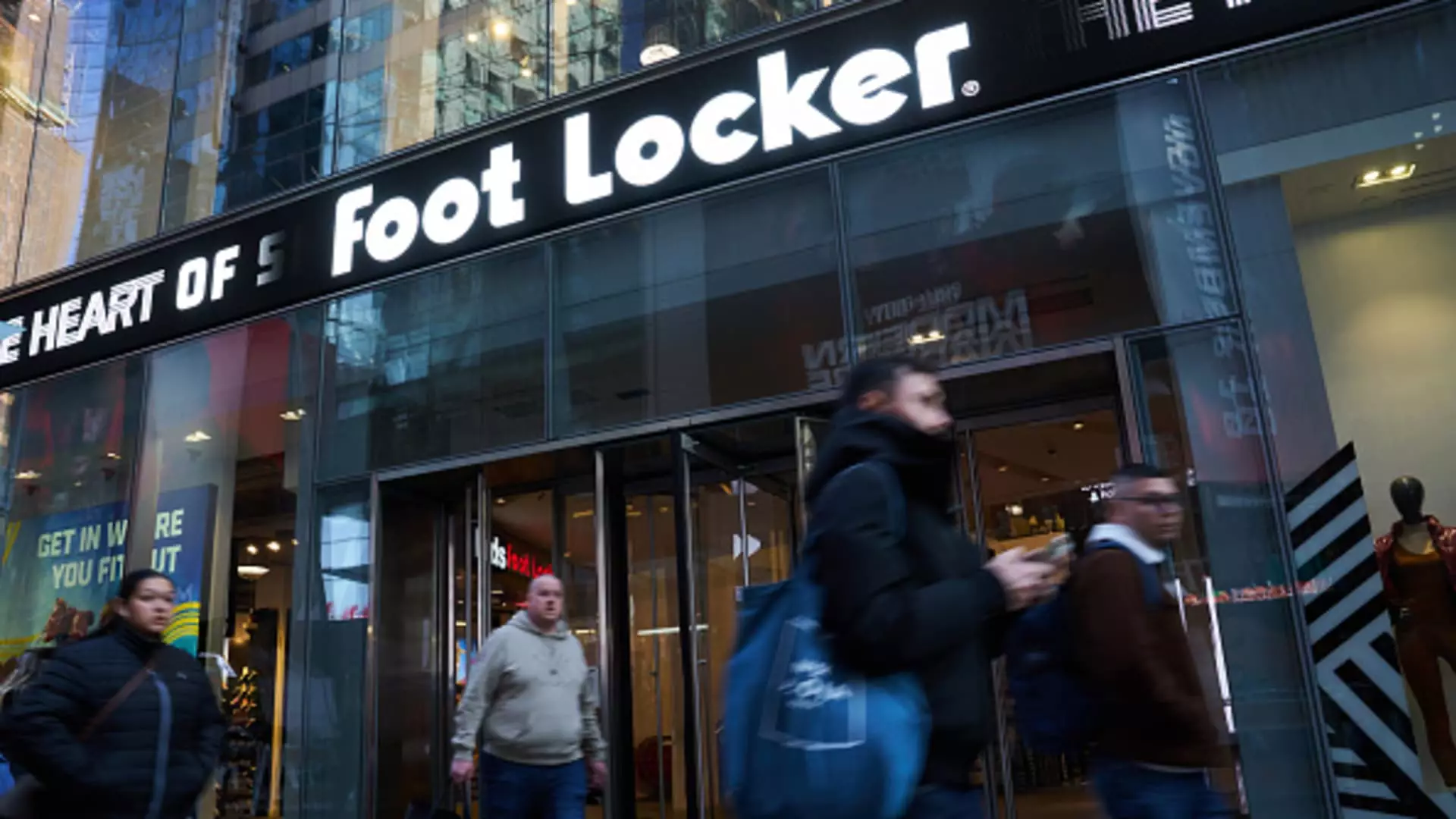Foot Locker recently reported that its comparable sales grew for the first time in six quarters. The company’s same-store sales increased by 2.6% during the fiscal second quarter, which exceeded analysts’ expectations of a 0.7% uptick. Additionally, the company’s gross margin expanded for the first time in over two years. Despite these positive trends, the company’s shares dropped about 8% in premarket trading.
CEO Mary Dillon credited Foot Locker’s “Lace Up Plan” for the positive results. She mentioned that the top-line trends strengthened throughout the quarter and highlighted a solid start to the Back-to-School season. Dillon also expressed satisfaction with the stabilization in the company’s Champs Sports banner. The company’s loss per share of 5 cents adjusted beat analysts’ expectations of 7 cents, and revenue of $1.90 billion surpassed the expected $1.89 billion.
Since Mary Dillon took the helm of Foot Locker two years ago, she has been focused on transforming the company to stay relevant in a changing retail landscape. Dillon has worked on improving the company’s relationship with key brand partner Nike and has invested heavily in upgrading and remodeling Foot Locker stores. The company plans to spend $275 million on store upgrades this year, with the goal of remodeling two-thirds of its store fleet by the end of fiscal 2025.
Foot Locker is working closely with Nike to develop new flagship stores in strategic locations like New York City and Paris. The partnership aims to leverage consumer insights to drive mutual growth for both companies. In addition to these initiatives, Foot Locker has also streamlined its costs by closing stores and e-commerce operations in certain countries and regions. The company plans to focus its operations in key markets to increase efficiency and reduce expenses.
Despite challenges in the retail industry, Foot Locker is optimistic about its future prospects. The company maintained its guidance for the fiscal year and expects continued sales growth. The decision to move the global headquarters from New York City to St. Petersburg, Florida, is seen as a strategic move to improve collaboration among teams and reduce costs. CEO Mary Dillon emphasized the importance of collaboration and momentum in driving continued success for Foot Locker.
Foot Locker’s recent performance highlights the positive impact of its turnaround efforts and strategic initiatives. CEO Mary Dillon’s leadership and focus on customer experience and partnerships have helped the company achieve growth despite industry challenges. By investing in store upgrades, product offerings, and online capabilities, Foot Locker is positioning itself for long-term success in a competitive retail environment. As the company continues to execute its strategies and drive sales, it remains a key player in the footwear and athletic apparel market.


Leave a Reply